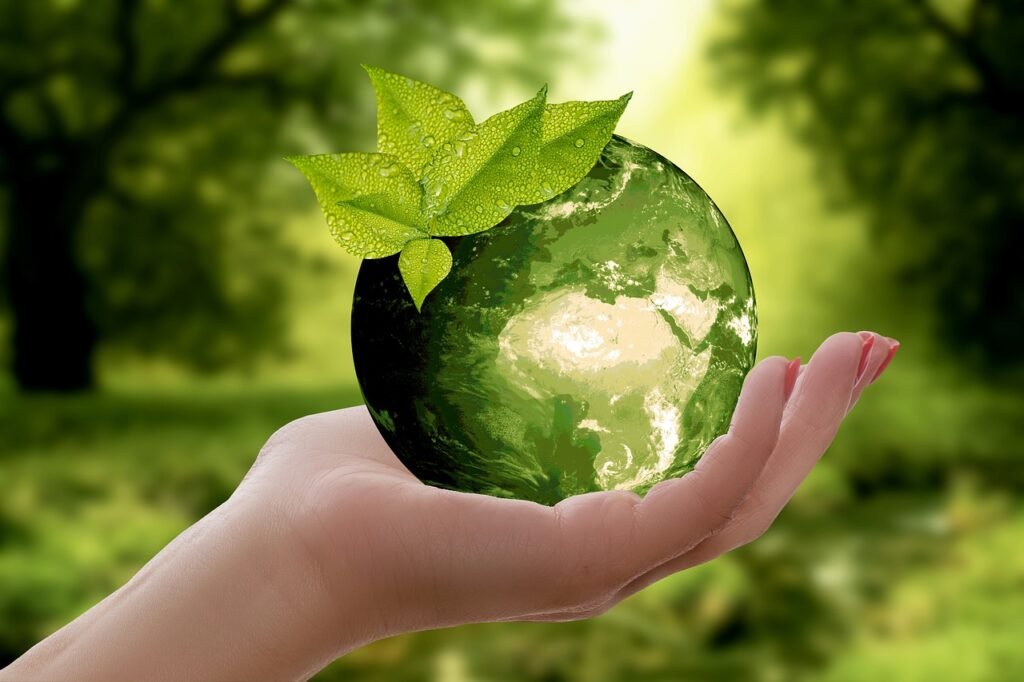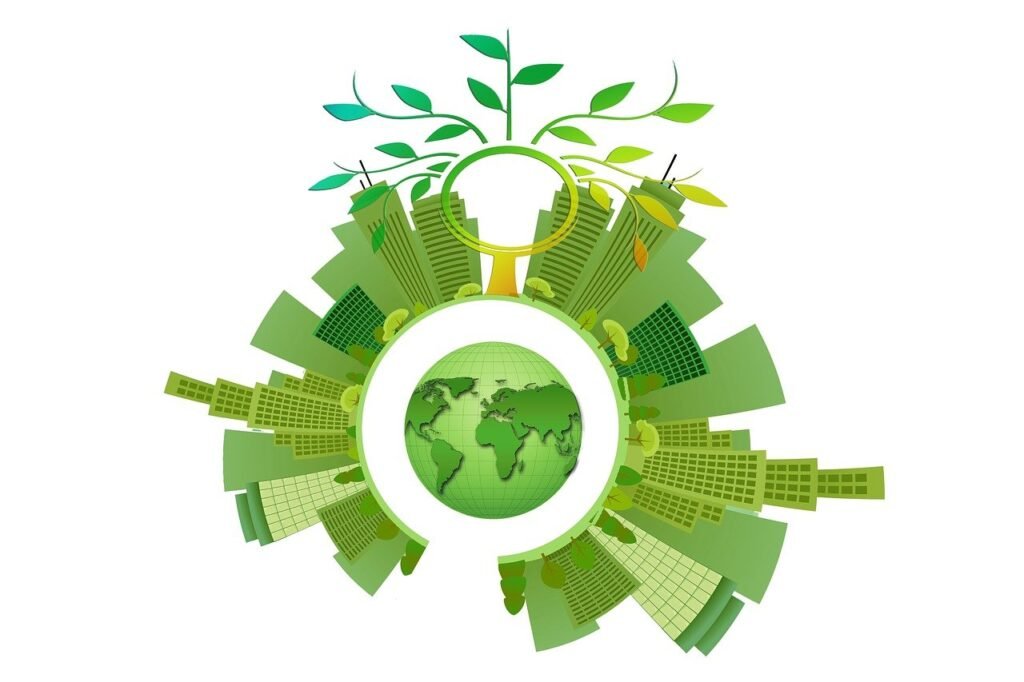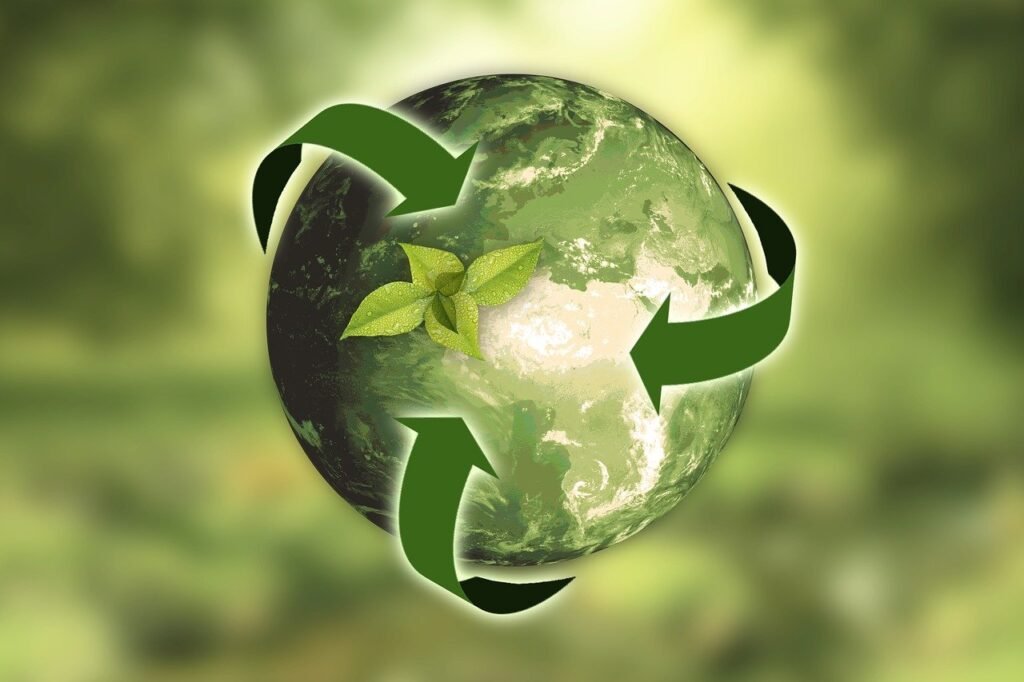Are you interested in learning about sustainable approaches to plastic drawer production? This article focuses on eco-friendly practices that can be implemented in the production of plastic drawers. Discover how manufacturers are adopting environmentally conscious techniques that minimize waste and reduce carbon footprint. From using recycled materials to implementing energy-efficient processes, these sustainable approaches not only benefit the planet but also contribute to the creation of high-quality and durable plastic drawers. Get ready to explore the world of eco-friendly plastic drawer production and how it is changing the industry for the better.

This image is property of pixabay.com.
Material Selection
Using recycled plastic
When it comes to material selection, using recycled plastic is a fantastic option. By utilizing plastic that has already been produced and discarded, we can help reduce the demand for virgin plastic, which requires a significant amount of energy to manufacture. Recycled plastic can be just as durable and functional as its virgin counterpart, making it an excellent choice for plastic drawer production.
Exploring alternative materials
In addition to recycled plastic, it is essential to explore alternative materials for plastic drawer production. There are numerous sustainable options available, such as bioplastics made from renewable resources like cornstarch or sugarcane. These materials have a lower carbon footprint, as they rely on renewable resources rather than finite fossil fuels. By considering alternative materials, we can lower our environmental impact and contribute to a more sustainable future.
Design Optimization
Reducing material usage
Design optimization plays a crucial role in creating sustainable plastic drawers. By reducing the amount of material used in the manufacturing process, we can minimize waste and conserve resources. Designers can achieve this by creating innovative designs that maximize functionality while minimizing material requirements. By focusing on efficiency and smart design, we can significantly reduce the environmental impact of plastic drawer production.
Minimizing energy consumption during production
Energy consumption during the production process is a significant contributor to environmental pollution. To address this issue, it is crucial to prioritize energy-efficient practices. This can include using advanced machinery and technologies that reduce energy consumption, optimizing production processes to minimize energy waste, and exploring innovative heating and cooling systems. By minimizing energy consumption, we can reduce our carbon footprint and contribute to a cleaner, greener future.

This image is property of pixabay.com.
Energy Efficiency
Utilizing renewable energy sources
Switching to renewable energy sources is a fantastic way to enhance the energy efficiency of plastic drawer production. Installing solar panels, wind turbines, or utilizing geothermal energy can help power the manufacturing process with clean, renewable energy. Not only does this reduce dependence on fossil fuels, but it also significantly lowers greenhouse gas emissions. By proactively embracing renewable energy sources, we can make a positive impact on the environment and work towards a sustainable future.
Implementing energy-efficient technologies
Another effective way to improve energy efficiency in plastic drawer production is by implementing cutting-edge, energy-efficient technologies. Advanced machinery and equipment that optimize energy usage and reduce waste can make a significant difference. From energy-efficient motors to automated systems that minimize idle time, investing in these technologies can lead to impressive energy savings and a more sustainable manufacturing process.
Waste Reduction
Implementing a closed-loop system
One of the most effective approaches to waste reduction in plastic drawer production is implementing a closed-loop system. This system ensures that materials, such as plastic waste generated during the manufacturing process, are recycled and reused within the production cycle. By closing the loop, we can drastically minimize waste and reduce the need for additional raw materials. It not only conserves resources but also decreases environmental pollution associated with plastic waste disposal.
Reducing plastic waste in the manufacturing process
Minimizing plastic waste during the manufacturing process is crucial for sustainable plastic drawer production. To achieve this, it is essential to optimize production processes, such as injection molding, to reduce material loss and waste. Additionally, implementing recycling programs for excess materials and scraps can ensure that plastic waste is properly managed and recycled. By focusing on waste reduction within the manufacturing process, we can make significant strides towards a more sustainable industry.

This image is property of pixabay.com.
Lifecycle Assessment
Conducting environmental impact assessments
To fully understand the environmental impact of plastic drawer production, conducting thorough lifecycle assessments is essential. From raw material extraction to manufacturing, distribution, product use, and disposal, every stage of the product’s lifecycle must be evaluated. This assessment helps identify areas for improvement and enables us to make data-driven decisions to minimize environmental impact. By conducting environmental impact assessments, we can develop strategies to reduce our ecological footprint effectively.
Considering end-of-life options
When it comes to plastic drawer production, considering end-of-life options is crucial. Designing products with recyclability in mind, selecting materials that can be easily recycled, and creating systems for proper disposal or repurposing are vital elements of sustainable production. By implementing strategies to extend the product’s lifecycle or facilitate its recycling or reuse, we can significantly reduce waste and contribute to a circular economy.
Packaging
Using sustainable packaging materials
Sustainable packaging is an integral part of environmentally responsible plastic drawer production. Choosing packaging materials that are made from recycled content, biodegradable, or easily recyclable ensures that the entire product’s lifecycle aligns with sustainability principles. By opting for sustainable packaging materials, we can minimize waste, reduce carbon emissions, and support a more sustainable supply chain.
Minimizing packaging waste
In addition to selecting sustainable packaging materials, minimizing packaging waste is equally important. This can be achieved by optimizing packaging design to reduce material usage, eliminating unnecessary packaging components, or opting for reusable packaging solutions. By adopting these practices, we can significantly reduce the amount of packaging waste associated with plastic drawer production and contribute to a cleaner environment.
Transportation
Optimizing logistics for reduced emissions
Transportation is a significant contributor to greenhouse gas emissions in the production and distribution of plastic drawers. To minimize this impact, it is crucial to optimize logistics for reduced emissions. This can include consolidating shipments, using energy-efficient vehicles, reducing empty miles, and implementing route optimization strategies. By streamlining transportation operations and reducing emissions, we can mitigate the environmental impact of plastic drawer production.
Exploring eco-friendly transportation options
Exploring eco-friendly transportation options is another way to reduce the carbon footprint of plastic drawer production. Alternative modes of transportation, such as electric vehicles or hybrid trucks, can significantly reduce greenhouse gas emissions during product distribution. Embracing these eco-friendly transportation options showcases a commitment to sustainability and helps protect our environment for future generations.
Product Durability
Designing long-lasting and robust products
Designing plastic drawers that are built to last is an essential aspect of sustainable production. By focusing on durability, we can reduce the need for frequent replacements and extend the product’s lifespan. This can be achieved through thoughtful design choices, using high-quality materials, and incorporating reinforcement features that enhance product longevity. By creating durable and robust products, we can minimize waste and ensure a more sustainable consumer experience.
Implementing repair and reuse programs
To further enhance product durability, implementing repair and reuse programs is highly beneficial. By facilitating the repair and refurbishment of plastic drawers, we can prolong their lifespan and reduce the demand for new products. Additionally, establishing systems for collecting and reusing plastic drawers at the end of their lifecycle contributes to a circular economy and minimizes waste. By actively promoting repair and reuse, we can create a culture of sustainability and responsible consumption.
Social Responsibility
Ensuring fair labor practices
Social responsibility is a crucial aspect of sustainable plastic drawer production. Ensuring fair labor practices, such as providing safe working conditions, fair wages, and respecting human rights, is essential for a sustainable supply chain. By prioritizing the well-being and rights of workers throughout the production process, we can create a positive impact and contribute to a socially responsible industry.
Supporting local communities
Supporting local communities is another key element of social responsibility in plastic drawer production. This can be achieved through various initiatives, such as sourcing materials locally, partnering with local suppliers or manufacturers, and investing in community development programs. By actively engaging with and supporting local communities, we can nurture a sustainable and inclusive business ecosystem.
Certifications and Standards
Seeking certifications for sustainable practices
Seeking certifications for sustainable practices is a valuable way to ensure transparency and accountability in plastic drawer production. Certifications such as LEED (Leadership in Energy and Environmental Design), ISO 14001 (Environmental Management System), or B Corp Certification demonstrate a commitment to sustainable manufacturing processes and products. By obtaining these certifications, companies can inspire consumer confidence and contribute to a greener future.
Adhering to relevant industry standards
Adhering to relevant industry standards is essential for sustainable plastic drawer production. These standards serve as guidelines for achieving environmentally friendly and socially responsible practices. Following standards such as the ISO 9001 (Quality Management System) or the Responsible Care initiative ensures that the production process meets rigorous criteria for sustainability, quality, and safety. By aligning with industry standards, we can promote responsible business practices and contribute to a more sustainable industry.
